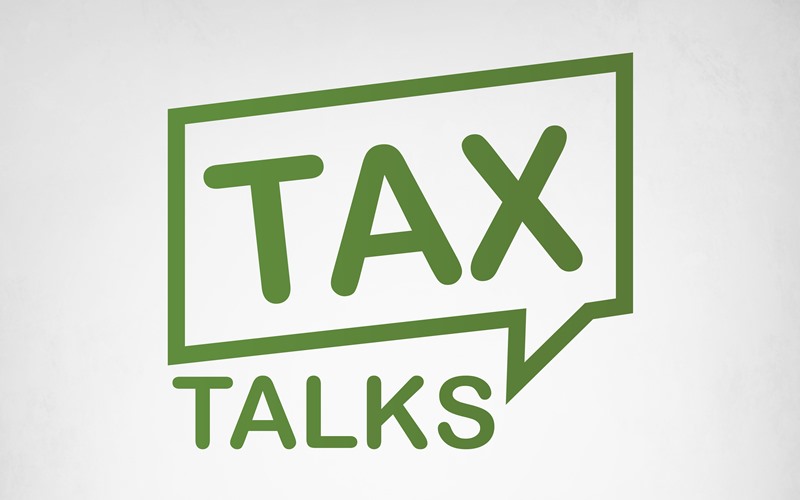May 5, 2020

Businesses participating in the Paycheck Protection Program (PPP) have experienced ups and downs over the last few weeks. On the one hand, the PPP funding was replenished. On the other, program guidance continues to evolve during the month since the program opened. A recent IRS notice explained the expenses paid with the forgivable loan are not deductible.1 Let’s go through a scenario.
Suppose a farmer receives a $100,000 PPP loan that is ultimately forgiven (because the farmer spends at least 75% of the $100,000 on payroll), the $100,000 expenses are not deductible. For a taxpayer in a 30% marginal tax bracket, the loss of a $100,000 deduction would increase tax by $30,000. The IRS rationale, which is based on historical tax concepts of avoiding “double-dipping,” is that someone shouldn’t be able to deduct a dollar of expense with a dollar of tax-free money.
However, the good news is there are members of Congress on both sides of the aisle who are looking to make these expenses deductible through subsequent legislation. Senate Finance Committee Chair Chuck Grassley (R-IA) and House Ways and Means Committee Chair Richard E. Neal (D-MA) are in support of this remedy.
Interestingly, without a remedy by Congress, it appears farmers who are sole proprietors would be in a better tax situation because the portion of their compensation that is forgiven under the rules does not require a direct expense (i.e. their net Schedule F profit). Essentially, sole-proprietor farmers would be eligible to have eight weeks’ worth (a little more than 15%) of their 2019 schedule F profit to determine their forgivable amount.
Other Notable PPP Developments
The Small Business Administration (SBA) continues to provide guidance on the PPP. Here are some provisions for agriculture to note in their frequently asked questions:
- The cost of a housing allowance or stipend is a permitted payroll cost
- In order to determine if an employee’s principal place of residence is in the U.S. (and thus counts towards the loan calculation), taxpayers are directed to regulations that consider the following factors:2
- The property that the taxpayer uses a majority of the year
- The taxpayer’s place of employment
- The main residence of the taxpayer’s family
- The address listed on important government documents such as tax returns, driver’s license, automobile registration and voter registration
- The taxpayer’s mailing address
- The location of the taxpayer’s bank, place of worship and recreational clubs.
- PPP loan forgiveness will not be reduced if the borrower laid off an employee and offered to rehire that same employee, but the employee declined the offer. Specifically, “SBA and Treasury intend to issue an interim final rule excluding laid-off employees whom the borrower offered to rehire (for the same salary/wages and same number of hours) from the CARES Act’s loan forgiveness reduction calculation.”3
For seasonal employers, Treasury has updated guidance to permit the use of any consecutive 12-week period between May, 1 2019 and Sept. 15, 2019 in calculating the maximum loan amount.
1 Notice 2020-32
2 I.R.C. 1.121-1(b)(2).
3 “The interim final rule will specify that, to qualify for this exception, the borrower must have made a good faith, written offer of rehire, and the employee’s rejection of that offer must be documented by the borrower. Employees and employers should be aware that employees who reject offers of re-employment may forfeit eligibility for continued unemployment compensation.”




